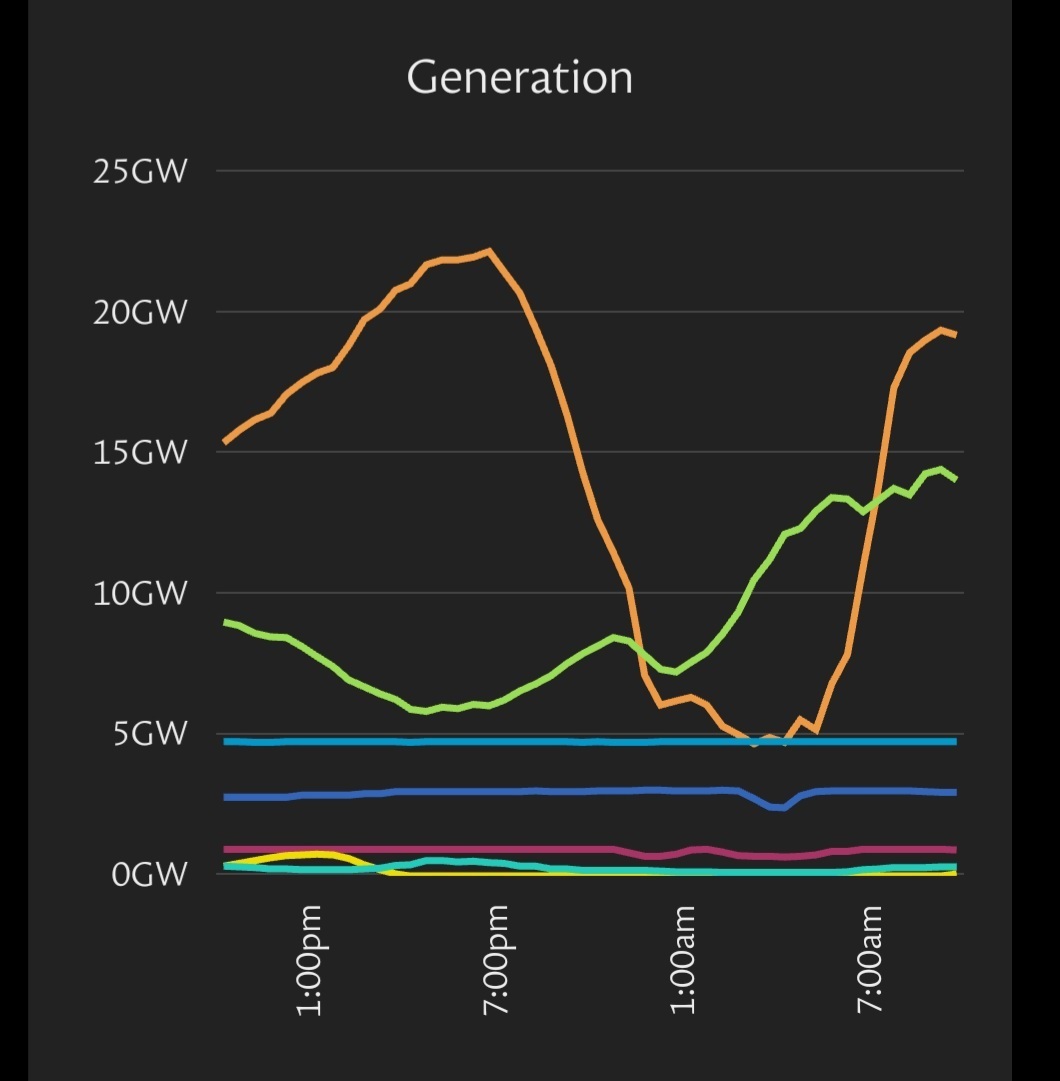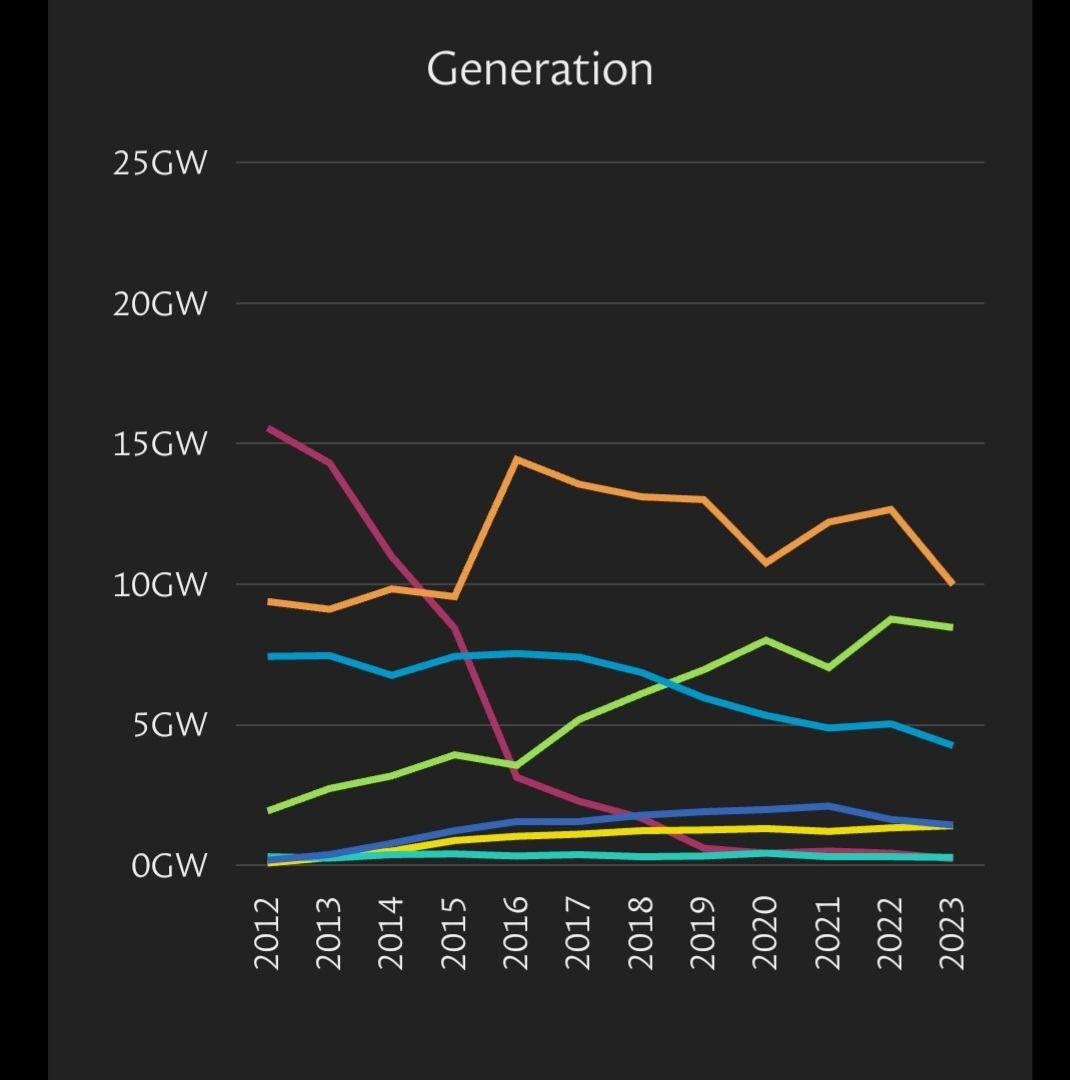The National Grid ESO have released a document detailing plans for the Electricity Transmission system in the UK for the next 10-20 years.
It is available to read fully here
Our current generation and transmission grid looks like this
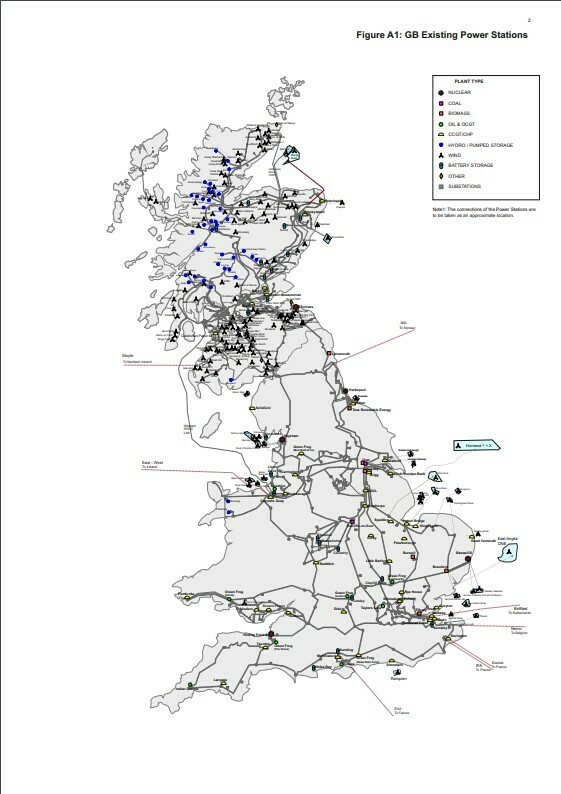

Some may wonder why there are regional variations in the CO2 emission figures but it is based around regional generating plant, even though the whole system is interconnected.
Some may also wonder why we still have coal burning generation. During winter months and high demand, currently the system can provide the extra needed to deliver to demand. Additionally, as we bring on more renewable energy sources, coal and gas plant are sometimes required to provide stability to the grid locally to ensure the transmission system is synchronised at 230v 50Hz. Historically, rotating plant have been used to provide this service and so in some situations, coal generation may be employed solely in this role until newer technologies enable local synchronisation for renewable feeds.
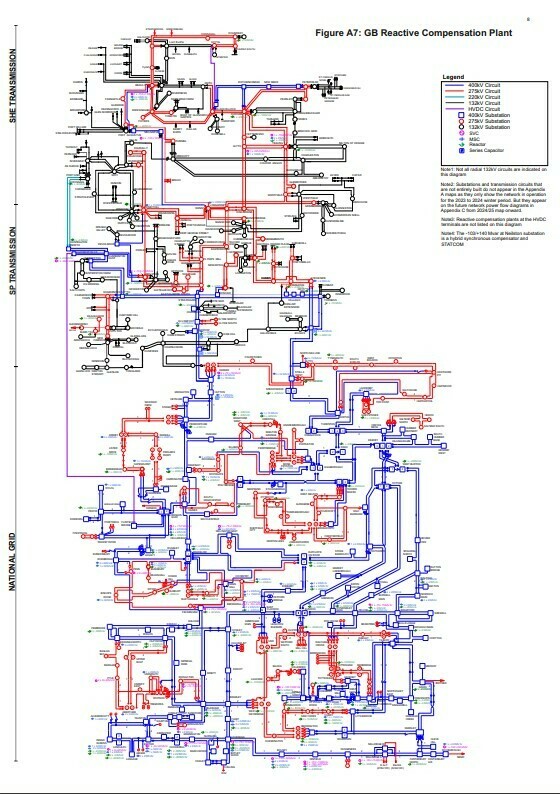
Alongside the continental feeds, you will see the wind farms, solar parks and now battery storage plant begin to link into the grid giving a different balance to energy delivery. Domestic and commercial feeds from solar, battery and additional micro-generation also need a control to keep the grid stable and secure and as the development progresses, smaller scale balance points will need to be added.
While there is regional generation, as mentioned earlier, the whole system is linked and so the flow of energy is important to plan so that delivery can be efficient.
If you think about your home wiring, each power circuit is built as a loop. This ensures that a flow is possible from each direction, making power delivery resilient.
The national grid is built with a similar mentality such that power flow can be switched to best serve needs. However, not all parts of the grid are capable of delivering full power and so modelling this at peak demand requires careful review.
Imagine the complexity of this with the variety of feeds alongside the intercontinental cable links.
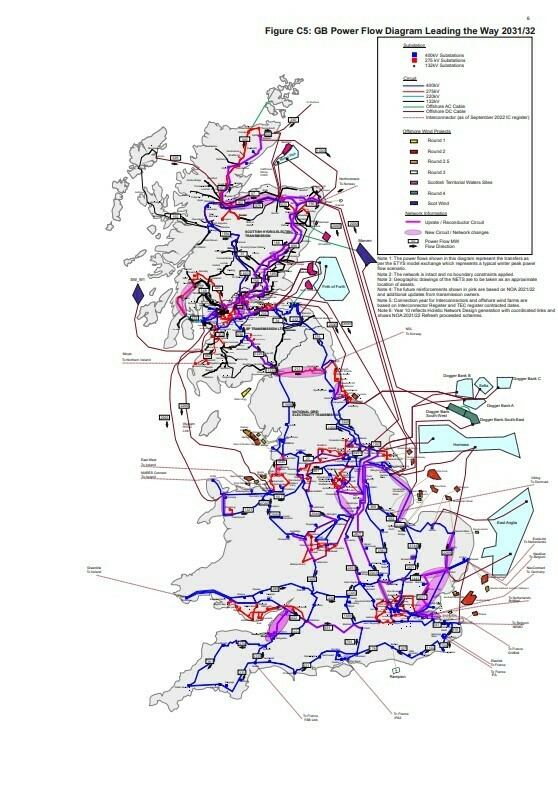
It can take a significant plan to deliver on upgrading the grid in this way – and at the same time, maintain power delivery – and so a multi-year plan has been developed to provide this.
Alongside this, it is also important for fault characteristics to be considered and there are a number of documents which relate to this. Considering the number of possible interactions with the grid (from regional authorities to electrical contractors), techniques are developed to establish connection and test standards to be adhered to ensuring safety in what can be a highly dangerous situation.
NG ESO say “Our analysis this year continues to show growing system needs driven primarily by low carbon and renewable generation. This will drive requirements for new network capability as we continue to move towards the 2035 government target of 100% zero carbon electricity system and beyond. Much of this network capability will be delivered through new infrastructure, both onshore and offshore, and hence we fully support the recommendations in the Transmission Commissioners report which will enable a more timely and streamlined delivery of this new infrastructure.”
https://www.nationalgrideso.com/document/286591/download









